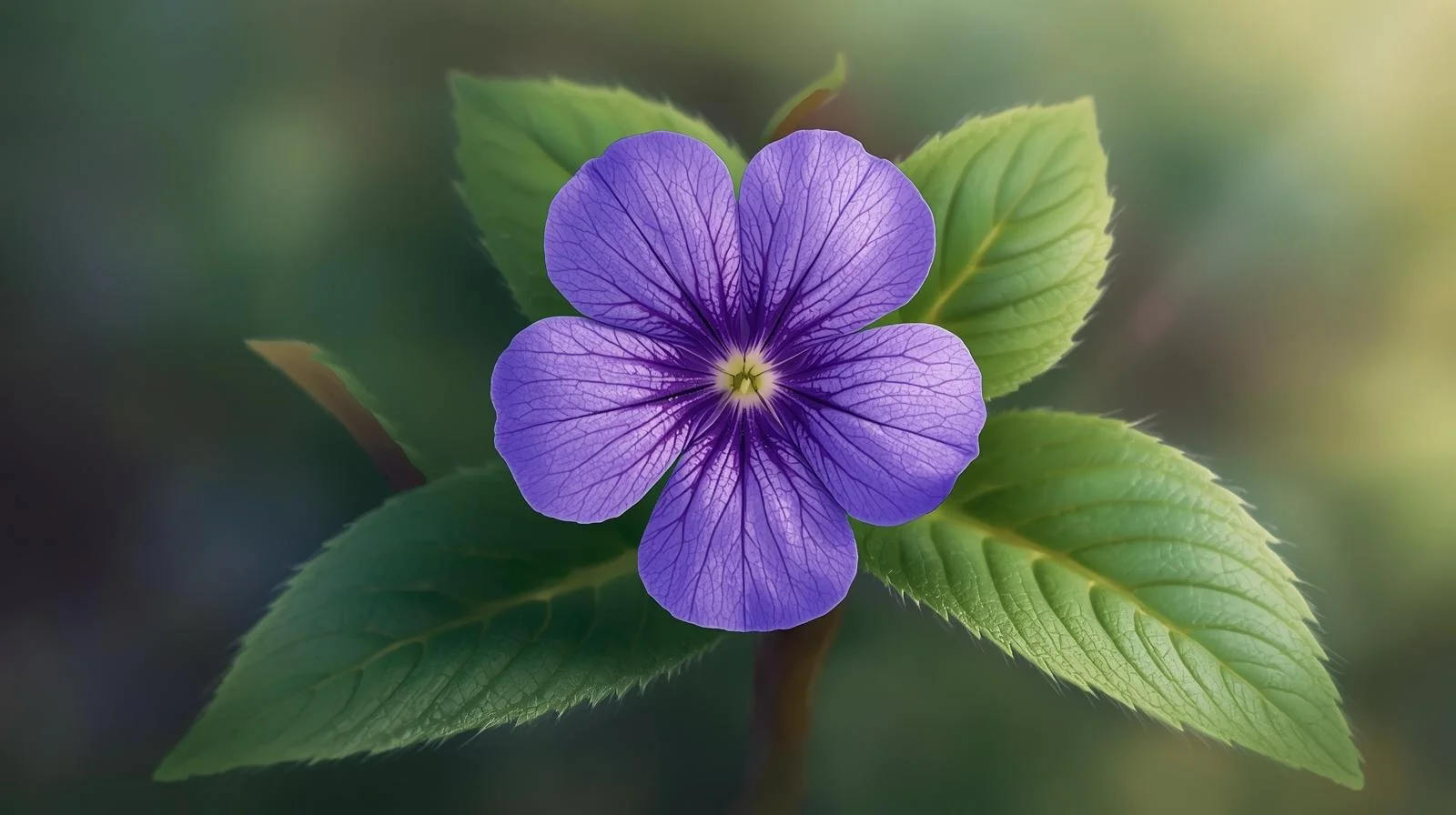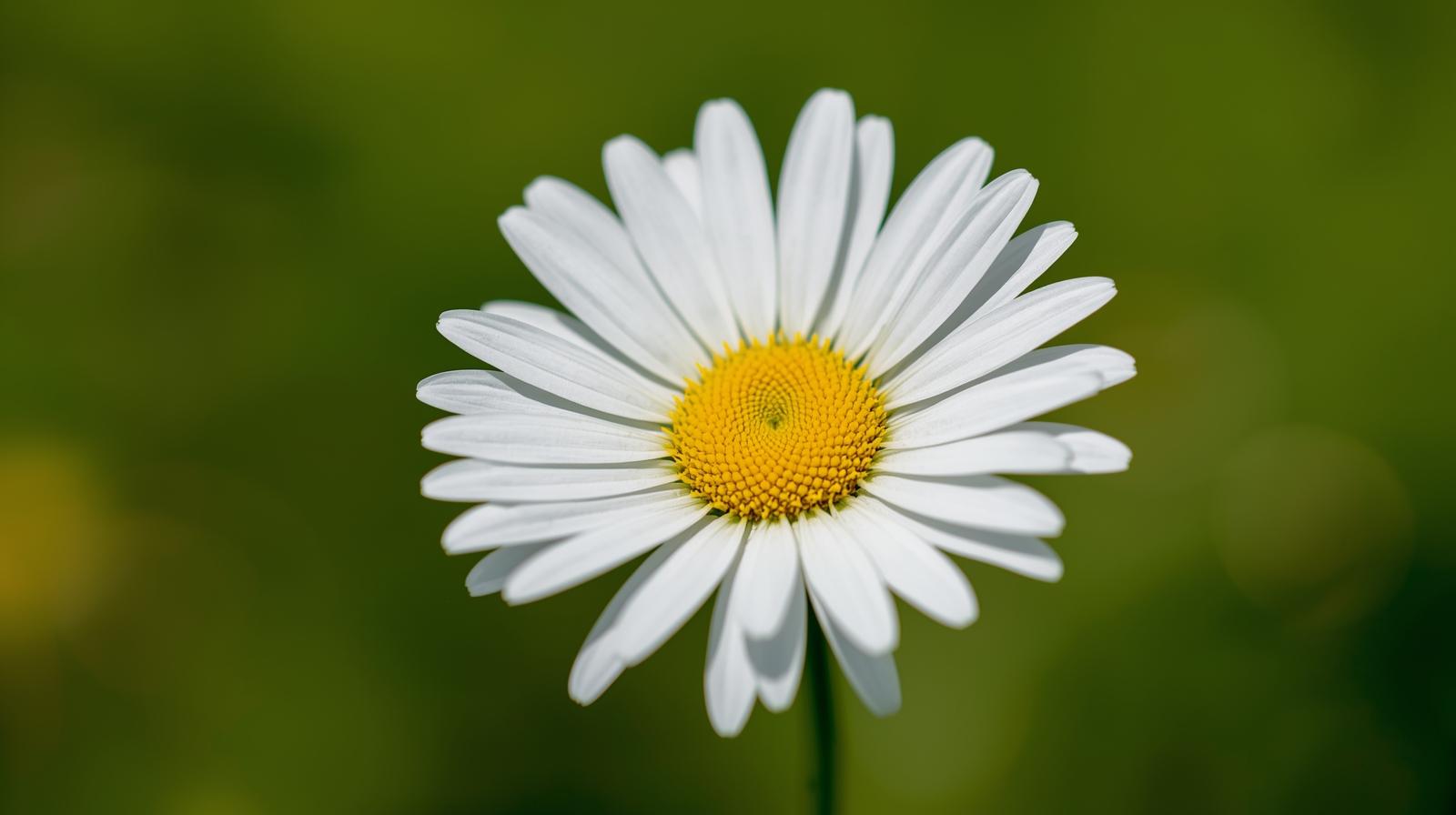Violet Flower Meaning

Understanding the Violet Flower Meaning: Symbolism and Significance
Violet Flower Meaning, with its delicate petals and enchanting hue, holds a rich tapestry of meanings and symbolism across various cultures and contexts. Often associated with modesty, humility, and fidelity, violets have been celebrated for centuries for their beauty and the messages they convey. The significance of these flowers extends beyond their aesthetic appeal, touching upon themes of love, spirituality, and even the complexities of human emotions.
- Understanding the Violet Flower Meaning: Symbolism and Significance
- The Language of Violets: What Do These Flowers Represent?
- Exploring the Deep Meaning Behind Violet Flowers
- Violet Flower Symbolism: A Comprehensive Guide
- The Spiritual Significance of Violet Flowers
- Violet Flowers: Their Meaning and Cultural Importance
- Discovering the Hidden Meanings of Violet Flowers
- The Beauty and Meaning of Violet Flowers Explained
In the language of flowers, violets represent various emotions and sentiments. Their deep purple color is often linked to royalty, dignity, and respect, while the lighter shades can symbolize innocence and purity. This duality makes violets a versatile choice for various occasions, whether it’s expressing heartfelt love, offering condolences, or celebrating new beginnings.
The Language of Violets: What Do These Flowers Represent?
The language of flowers, or floriography, assigns specific meanings to different blooms, and violets are no exception. Traditionally, they are associated with faithfulness and loyalty, making them an ideal gift between partners or close friends. The phrase “I’ll always be true to you” is often tied to the violet flower, reinforcing its connection to lasting relationships.
Moreover, violets are also recognized for their connection to the spirit and the divine. In Christian symbolism, violets represent humility and modesty, drawing parallels with the Virgin Mary, who is often depicted with these flowers. This association imbues violets with a sacred significance, making them a popular choice for religious ceremonies and celebrations.

Exploring the Deep Meaning Behind Violet Flowers
Delving deeper into the meaning behind violet flowers, we find that they also embody the themes of transformation and renewal. In many cultures, violets bloom in early spring, symbolizing new life and the awakening of nature after a long winter. This seasonal aspect makes them a powerful emblem for rebirth and the cyclical nature of life.
Additionally, violets have medicinal properties and have been used in herbal remedies for centuries. This aspect of their existence adds a layer of significance, as they are not only beautiful but also beneficial for health and well-being.
| Color of Violet | Symbolism | Associated Meanings |
|---|---|---|
| Deep Purple | Royalty | Dignity, Respect |
| Light Purple | Innocence | Purity, Youthfulness |
| White | Purity | Spirituality, Humility |
| Blue | Peace | Calmness, Serenity |
In conclusion, the violet flower is a powerful symbol rich in meaning, encompassing loyalty, purity, renewal, and spiritual significance. Whether used in bouquets, gardens, or as part of various traditions, violets continue to inspire and convey deep sentiments. Understanding the multifaceted nature of violets allows us to appreciate their beauty not just in appearance but in the profound messages they represent in our lives.
Violet Flower Symbolism: A Comprehensive Guide
Violet flowers, with their striking hues and delicate petals, have captivated humans for centuries. They are not just beautiful; they carry deep symbolism and spiritual significance across various cultures. Understanding the meaning of violet flowers can enhance our appreciation for their beauty and enrich our interactions with them.
In many cultures, violet flowers symbolize modesty and humility. Their subtle beauty stands in contrast to more flamboyant blooms, making them a representation of quiet grace. In the language of flowers, violets often convey sentiments of love and affection, especially in a platonic sense, representing the bonds of friendship and loyalty.
Furthermore, violet flowers are associated with spiritual themes, including peace, tranquility, and wisdom. Their calming color is often linked to the higher self and spiritual enlightenment, making them a popular choice in meditation and healing practices.
The Spiritual Significance of Violet Flowers
From a spiritual perspective, violet flowers are considered to hold powerful energy. They are often linked to the crown chakra, which is associated with higher consciousness and spiritual connection. This makes violets a symbol of enlightenment and awakening, encouraging individuals to seek deeper truths and personal growth.
In the realm of healing, violet flowers are believed to have soothing properties. They are often used in aromatherapy and alternative medicine to promote relaxation and reduce stress. The presence of violets in the home can create an atmosphere of serenity, encouraging peace of mind and emotional balance.
The spiritual significance of violet flowers also extends to their role in rituals and ceremonies. Many cultures use violets in offerings and blessings, believing that they can attract positive energies and foster spiritual growth. The act of planting violets can symbolize the intention to nurture one’s spiritual journey.
Violet Flowers: Their Meaning and Cultural Importance
Violet flowers have a rich cultural history that spans various traditions and civilizations. In ancient Greece, violets were associated with love and fertility, often linked to the goddess Aphrodite. The Romans also held violets in high esteem, using them in perfumes and as decorative elements in celebrations.
In more recent times, violets have been adopted as symbols of remembrance. The flower is often used in memorials and commemorative events, symbolizing enduring love and the memories of those who have passed. In this context, violets serve as a reminder of the importance of cherishing relationships and honoring the legacy of loved ones.
Additionally, violets play a significant role in various cultural festivities. For instance, in some regions, they are celebrated during spring festivals, symbolizing renewal and the return of life after winter. Their vibrant colors and early bloom make them a harbinger of warmer days and new beginnings.

| Cultural Context | Symbolism | Uses |
|---|---|---|
| Ancient Greece | Love and fertility | Ceremonial offerings |
| Roman Empire | Beauty and luxury | Perfumes and decorations |
| Modern Remembrance | Enduring love | Memorial services |
| Spring Festivals | Renewal and new beginnings | Celebratory decorations |
In conclusion, violet flowers are not only admired for their beauty but are also steeped in rich symbolism and spiritual significance. From embodying modesty and tranquility to serving as cultural icons of love and remembrance, violets hold a special place in our hearts and traditions. Their multifaceted meanings encourage us to appreciate the delicate balance between nature, spirituality, and human emotion.
Discovering the Hidden Meanings of Violet Flowers
Violet flowers, with their rich hues and delicate petals, have captivated human hearts for centuries. Beyond their striking appearance, these flowers are steeped in symbolism and meaning that vary across cultures and contexts. Often associated with love, loyalty, and modesty, violets have been used in literature and art to convey complex emotions and messages. Understanding the deeper meanings behind violet flowers not only enhances our appreciation for their beauty but also allows us to connect with the sentiments they represent.
In many cultures, violets symbolize faithfulness and loyalty. This association stems from their ability to bloom in the early spring, often emerging when other flowers are still dormant. The resilience of violets makes them a perfect representation of enduring love and commitment. Additionally, violet flowers are often linked to humility and modesty, as they tend to grow in humble settings, often unnoticed amidst more flamboyant blooms.
The Beauty and Meaning of Violet Flowers Explained
The aesthetic appeal of violet flowers is undeniable. Their vibrant colors range from deep purples to lighter shades of lavender and white, creating a stunning visual palette. This beauty has made violets a popular choice for gardens and floral arrangements. However, their allure goes beyond mere looks. Each shade of violet carries its own distinct symbolism; for example, darker shades can represent deep love and passion, while lighter hues often convey innocence and purity.

Moreover, violets have a rich history in various cultures. In ancient Rome, violets were associated with the goddess Venus, symbolizing love and beauty. In Christianity, they are sometimes seen as symbols of humility and modesty, reflecting the traits of the Virgin Mary. The multi-faceted meanings of violet flowers can be summarized in the following table:
| Color | Symbolism | Cultural Associations |
|---|---|---|
| Dark Purple | Deep love and passion | Associated with Venus in Roman mythology |
| Light Purple | Innocence and purity | Symbol of the Virgin Mary in Christianity |
| White | Modesty and humility | Commonly found in humble wildflower settings |
| Lavender | Spirituality and contemplation | Often used in perfumes and healing practices |
In conclusion, violet flowers are not just beautiful additions to gardens and bouquets; they are rich in history, symbolism, and meaning. Whether you choose to grow them, gift them, or simply admire them, understanding the hidden meanings behind these delicate blooms can enhance your connection to nature and the sentiments they embody. Their legacy continues to thrive, reminding us of the beauty that lies in loyalty, love, and modesty.
The violet flower symbolizes modesty, humility, and faithfulness. It is often associated with love and affection, making it a popular choice in romantic gestures.
Yes, different types of violets can carry varying meanings. For instance, sweet violets are often linked to love and loyalty, while other species may represent tranquility and peace.
The violet flower is commonly associated with spring and is often used in celebrations such as Valentine’s Day and Easter, symbolizing new beginnings and hope.
Absolutely! Violets are frequently used in floral arrangements and bouquets due to their delicate beauty and meaningful symbolism, adding a touch of elegance to any occasion.
Yes, violets have significant cultural meanings in various societies. In some cultures, they are seen as a symbol of remembrance and are used in memorials or to honor loved ones.




